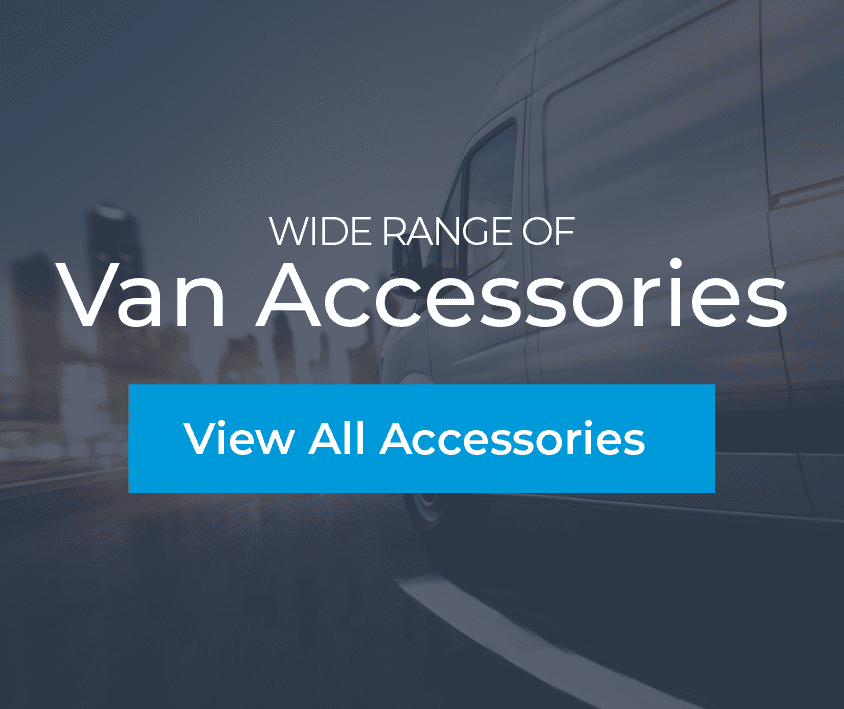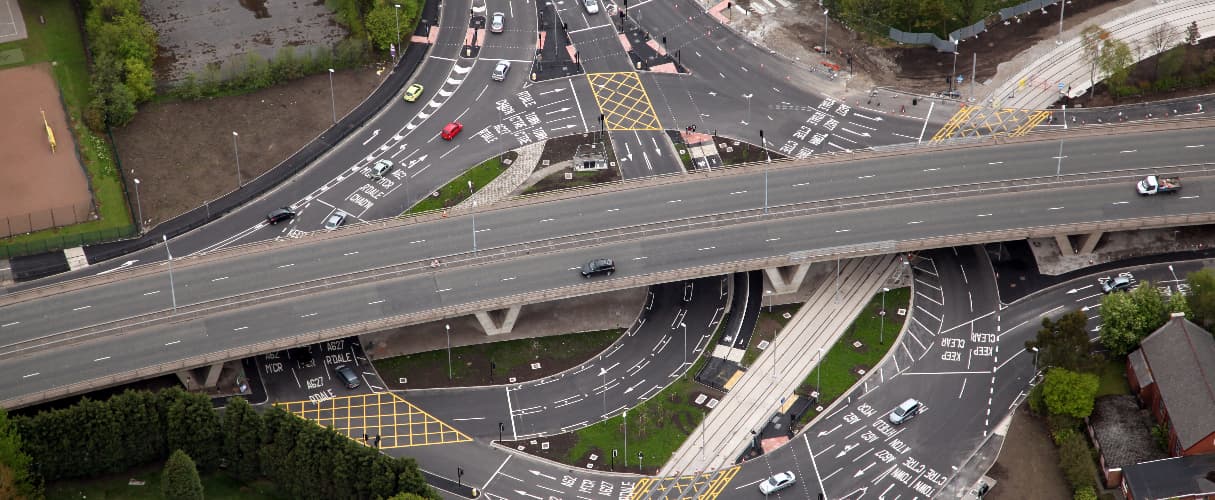The 5 most commonly misunderstood road markings
You don’t often end up reading blogs about the best van deals without being an experienced driver already, so chances are you’ll already be familiar with most of the road markings scattering the UK’s streets across the entire country. But while some of these markings are pretty intuitive, there are also plenty that aren’t quite as straightforward as they seem. And when you’re on a tight schedule – as so many of our customers often are during their day jobs – that can make it easy to misunderstand them at a glance. So, to help you avoid that sort of scenario, this week on the blog here at The Van Discount Company we’re going to take a quick look at some of the most commonly-misunderstood markings, and talk in more detail about exactly what they mean.
Single yellow lines
Single yellow lines are without question one of the most misunderstood road markings in the UK, which may be partially because they seem so deceptively simple. They don’t mean a complete ban on parking or stopping – they mean restrictions apply at certain times. The problem is, those times aren’t shown on the line itself. Instead, they’re detailed on nearby plates, which can often be easy to miss, especially in high-pressure delivery zones. That means stopping on a single yellow line without checking the sign could mean either parking legally or racking up a fine – and there’s no visual clue from the lines themselves to tell which is which.
Equally, lots of people often assume that single yellow lines enable quick loading or drop-offs, but that depends entirely on the specific rules for that street. In some areas, loading is permitted during restricted hours; in others, it’s not. That means you’ll need to know exactly where to look for signage and remember that the presence of a single yellow line doesn’t guarantee a short grace period. If you’re running time-sensitive routes, that kind of uncertainty can cause serious disruption.
Double red lines outside loading bays
Double red lines are used on Red Routes, most commonly in busy urban centres like London, Birmingham, or Edinburgh. These lines mean no stopping at any time – not for loading, not for passenger drop-off, not for waiting. The issue is that many of them run right past designated loading bays or business entrances, so what looks like a practical place to stop outside a shop or warehouse might be anything but. Red Routes are enforced tightly and camera-monitored, so if it’s marked with double red lines and not an official loading zone, stopping there could result in a penalty.
The exact boundaries of legal loading points are usually signed and sometimes marked with white bays – so it helps to make sure you’re fully up to speed on the differences, as it can help avoid fines, delays, and potentially even disgruntled clients.
Zigzag lines near crossings and school zones
Zigzag lines appear on either side of pedestrian crossings or outside schools, and they’re among the most strictly enforced markings in the UK. These lines mean no stopping, waiting, or parking, even momentarily. Contrary to what some people assume, they’re not just advisory. In fact, stopping on these lines is an offence, and many of them are monitored by local authority cameras.
Here’s a common mistake with school zones in particular; it’s not true that the zigzags are only relevant during school hours. Unless there’s a time plate that states otherwise, that’s not the case. The restriction applies at all times, and as with many of these other markings, enforcement is automated. Nobody wants to get that letter in the post.
Hatched markings at junctions and roundabouts
Also called diagonal cross-hatching, hatched markings are used to separate lanes, guide traffic, or protect junction space. They’re often found where roads merge or diverge, especially near roundabouts, turns, or motorway exits. The confusion usually comes from the fact that some hatched areas are bordered by broken lines, while others have solid outlines.
If the hatchings are surrounded by broken lines, that’s when it’s legal to enter them – but only when it’s safe. These zones mainly exist to create space between traffic and hazards or to help with visibility at awkward junctions. But when the border is solid, that means the rules have changed: so it’s not permitted to enter at all unless absolutely necessary and safe to do so. This distinction isn’t obvious at speed, so it’s important to look out for scan for the type of line involved, and remember the limits before committing.
Short broken white lines in rural or unmarked areas
Short broken white lines are often dismissed as background detail, but they serve a vital role in keeping traffic safely positioned. These lines mark the centre of the road in areas without heavier infrastructure – like country lanes, estate roads, or industrial edges. If you operate in less urbanised zones, you’ll probably be dealing with these markings frequently. The spacing and thickness of the lines help indicate whether overtaking is safe, but that message is often overlooked.
A common mistake is treating short broken white lines as informal or advisory. In fact, they’re regulated markings and influence how other road rules apply – especially at night or in poor visibility. They also play a role in how other road users behave around your vans. Straying across the centre lines on narrow rural routes could prompt dangerous reactions from oncoming traffic, so it’s definitely one to watch out for.
Those are the most crucial points! When it comes right down to it, arguably the most important thing is to treat any unfamiliar road marking with caution, and assume it’s a warning rather than an invitation. And of course, turning our attention to the vans themselves, if you’re ever in the market for a replacement van, or an upgrade, that’s exactly where we can help here at The Van Discount Company. We’re the top choice for the very best cheap van deals, with the very best models from Ford, Renault, and Vauxhall – amongst others. We’ve even been able to save some customers up to 30% off the RRP of selected models!













